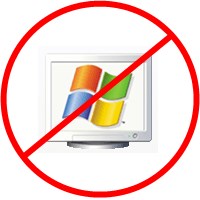Since Microsoft has finally put an end to support of the most popular Operating System it ever made (Brilliant), the Computer User Community at large is less than enthused. Many users who became comfortable with Windows XP did not relish the idea of learning a new Desktop and navigation scheme (look and feel). So they just stuck with XP and never bothered with Windows Vista, Windows 7, or Windows 8/8.1. Are they now faced with a steep learning curve? Maybe, maybe not…
Did you know recreating a Windows XP look and feel is possible for Windows 7 or Windows 8/8.1?
While it requires a level of technical knowledge to do so, if you are fretting over what to do in a world without Windows XP, rest assured there is more than one way to make the desktop of the newer OS look a lot like Windows XP.
- Get an XP shell and several other utilities for your Windows 7 or Windows 8/8.1 Computer at Classic Shell.
- Windows XP 4 Life is another resource with information and some short videos. Demonstrating how to change the Desktop Theme and a few other items on not only newer Windows versions, but on Linux as well. However, I would stick with UltraUXThemePatcher for Windows 7 since you can actually see who created it and is still maintaining it. The author of Universal Theme Patcher has discontinued support and has released the source to the community, so go with that if that’s your thing…

